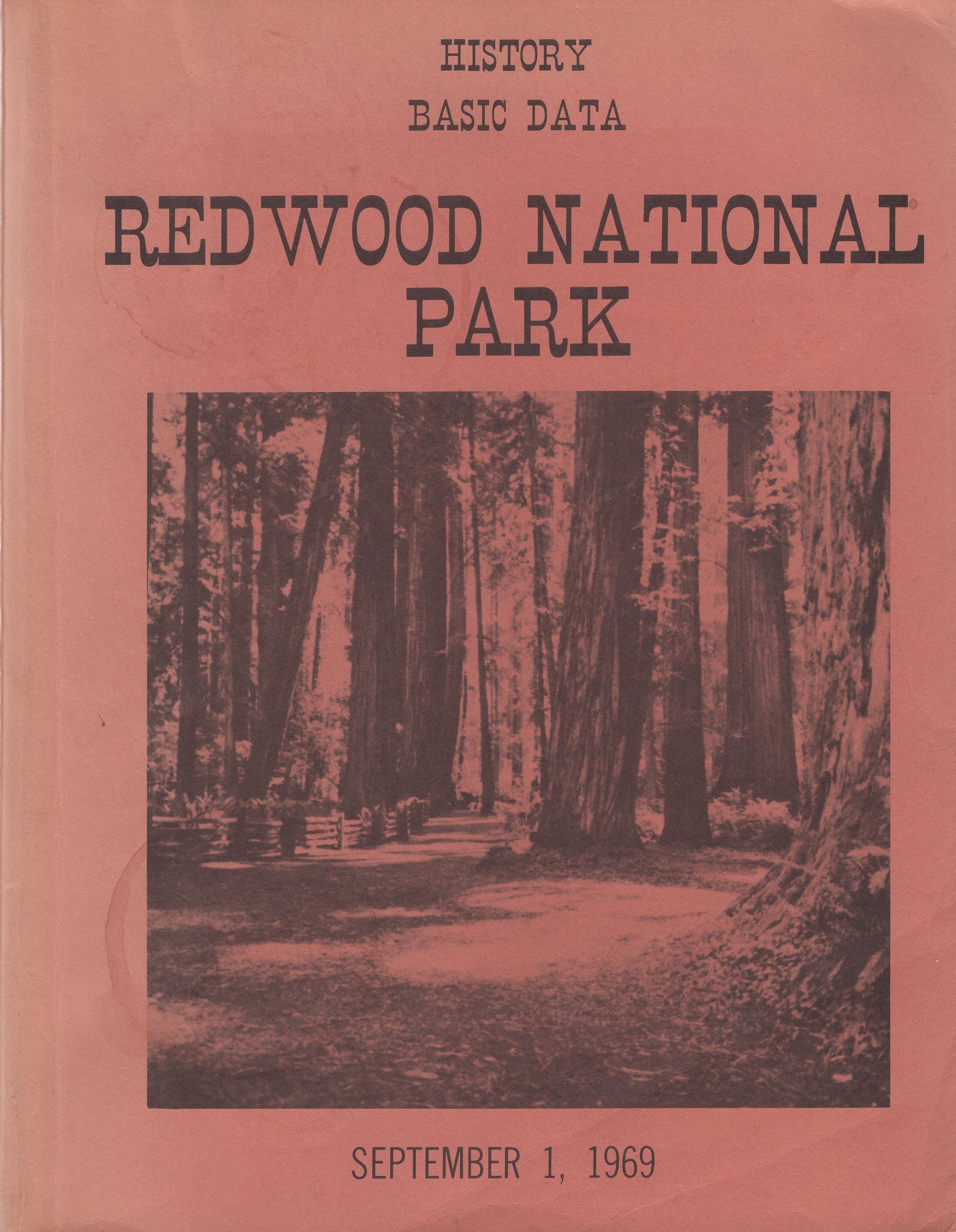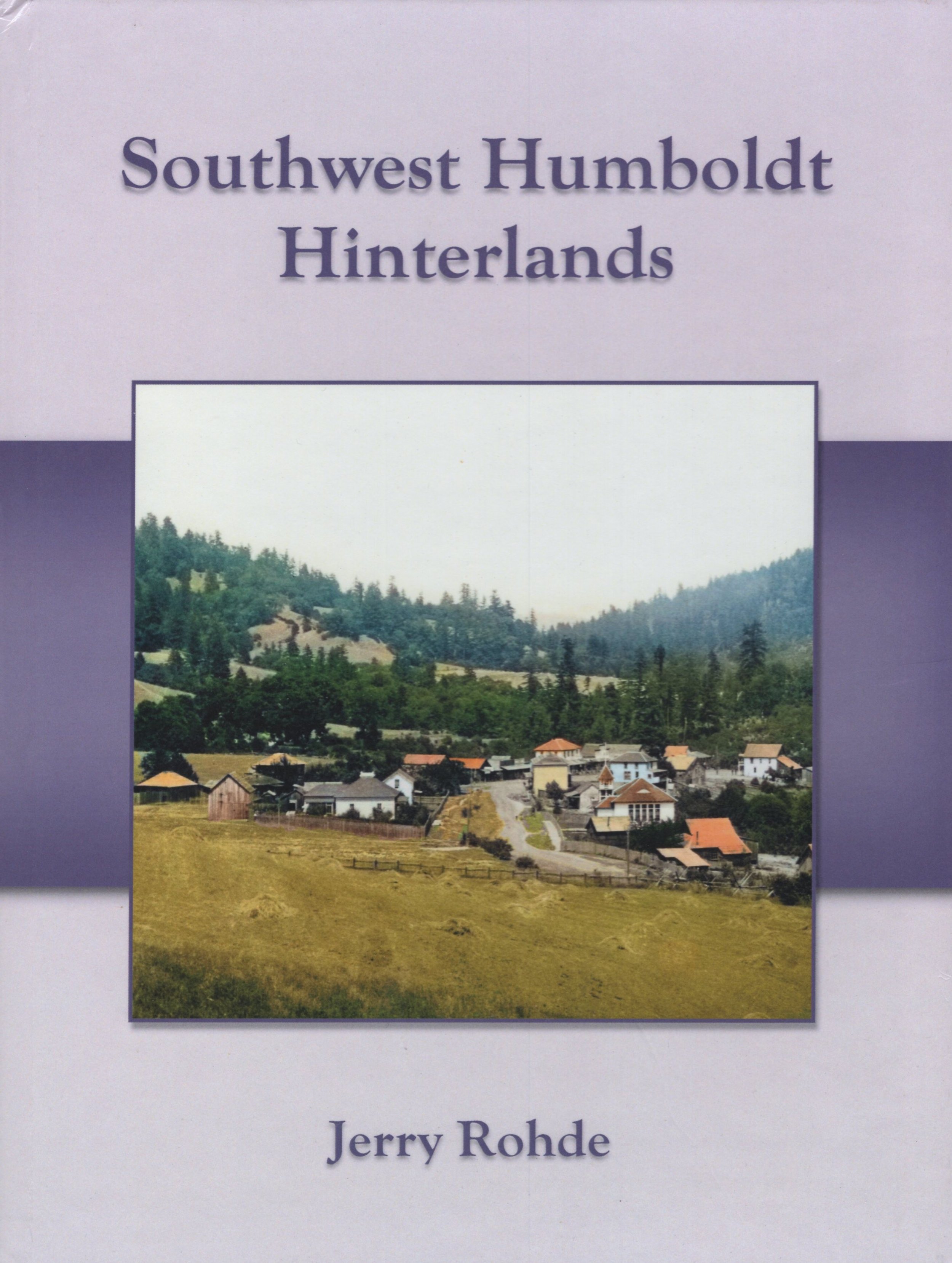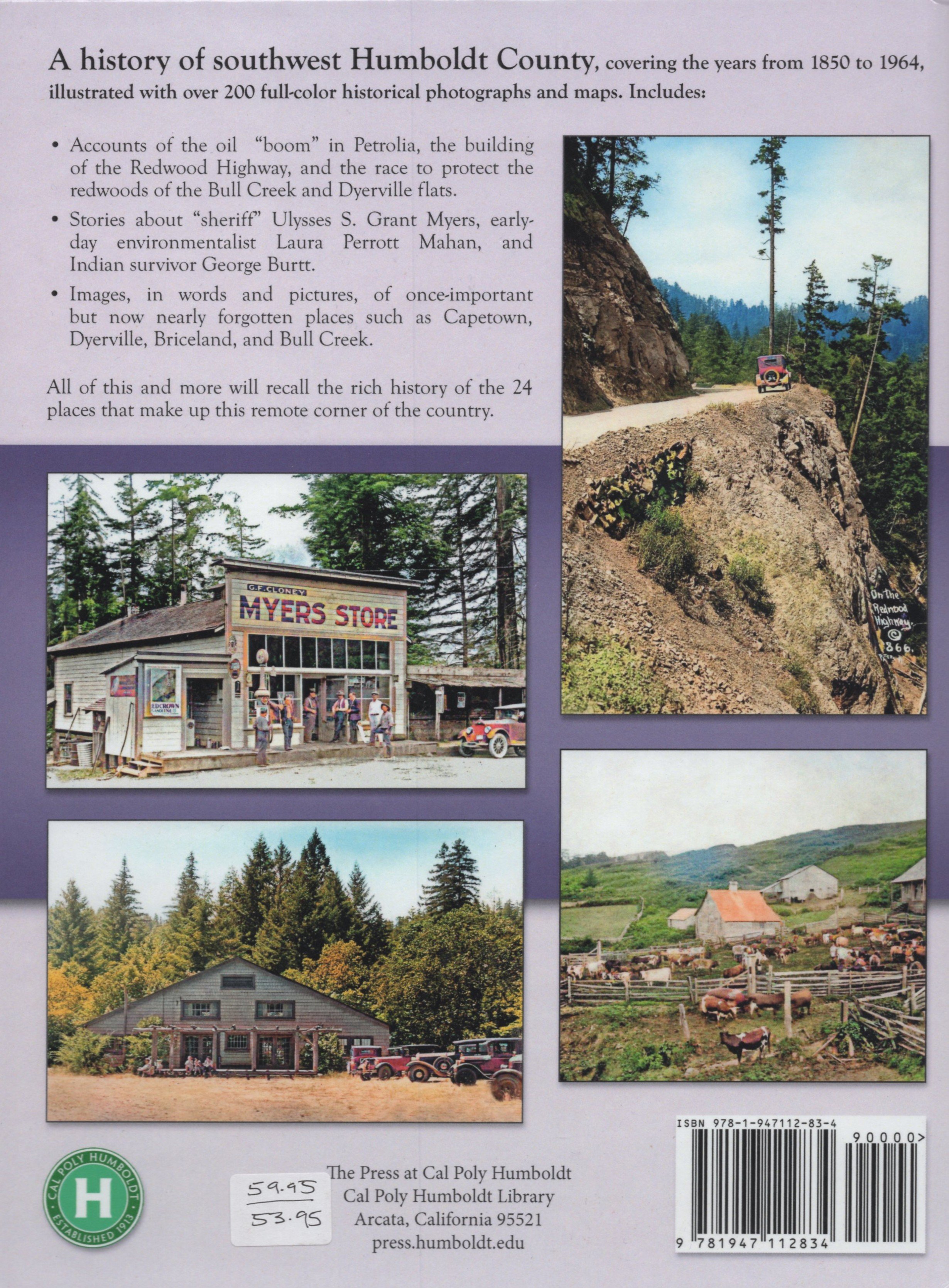A Scottish Syndicate in the Redwoods: Monopoly & Fraud in the California Redwoods, 1882-1892
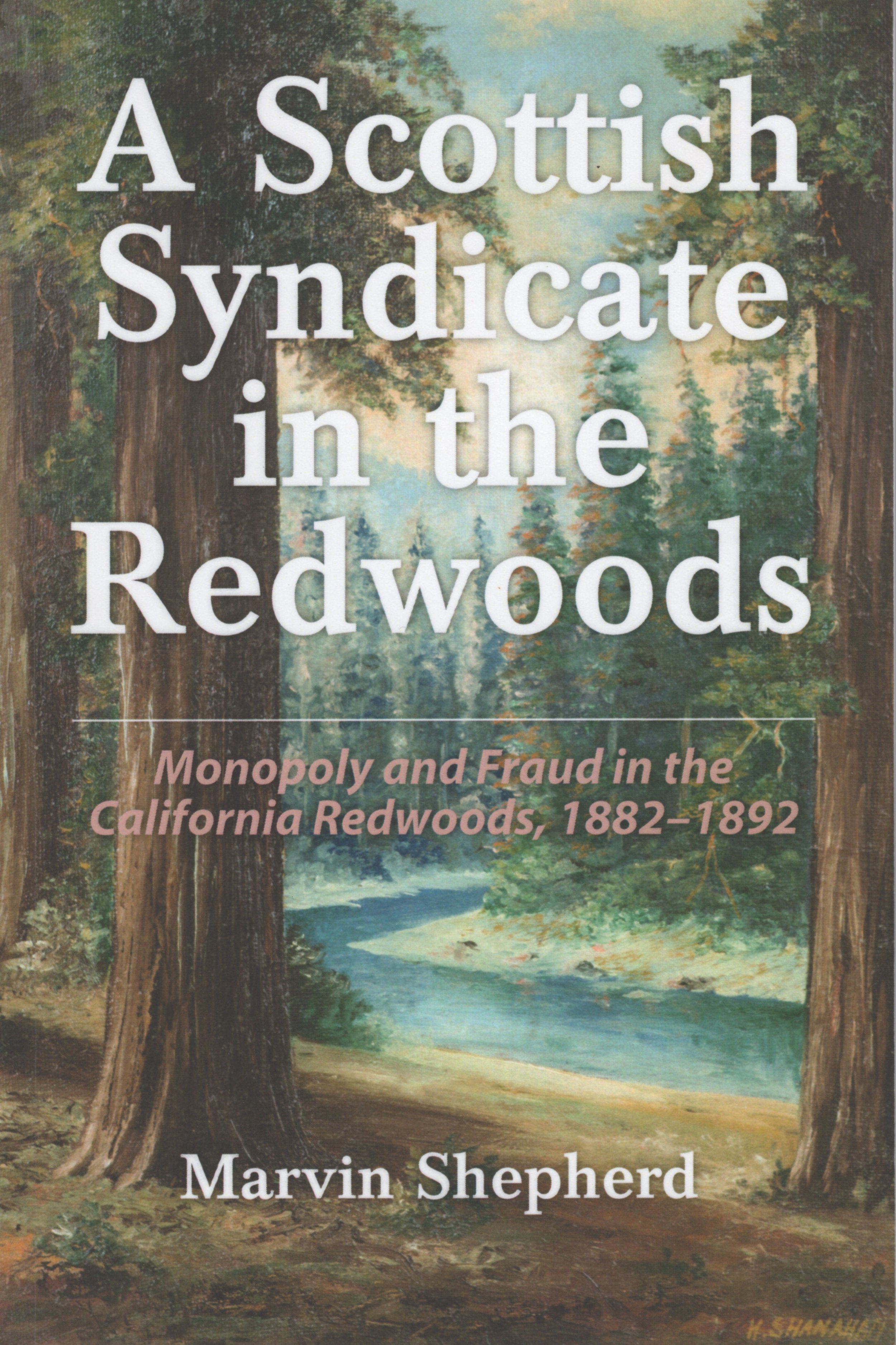
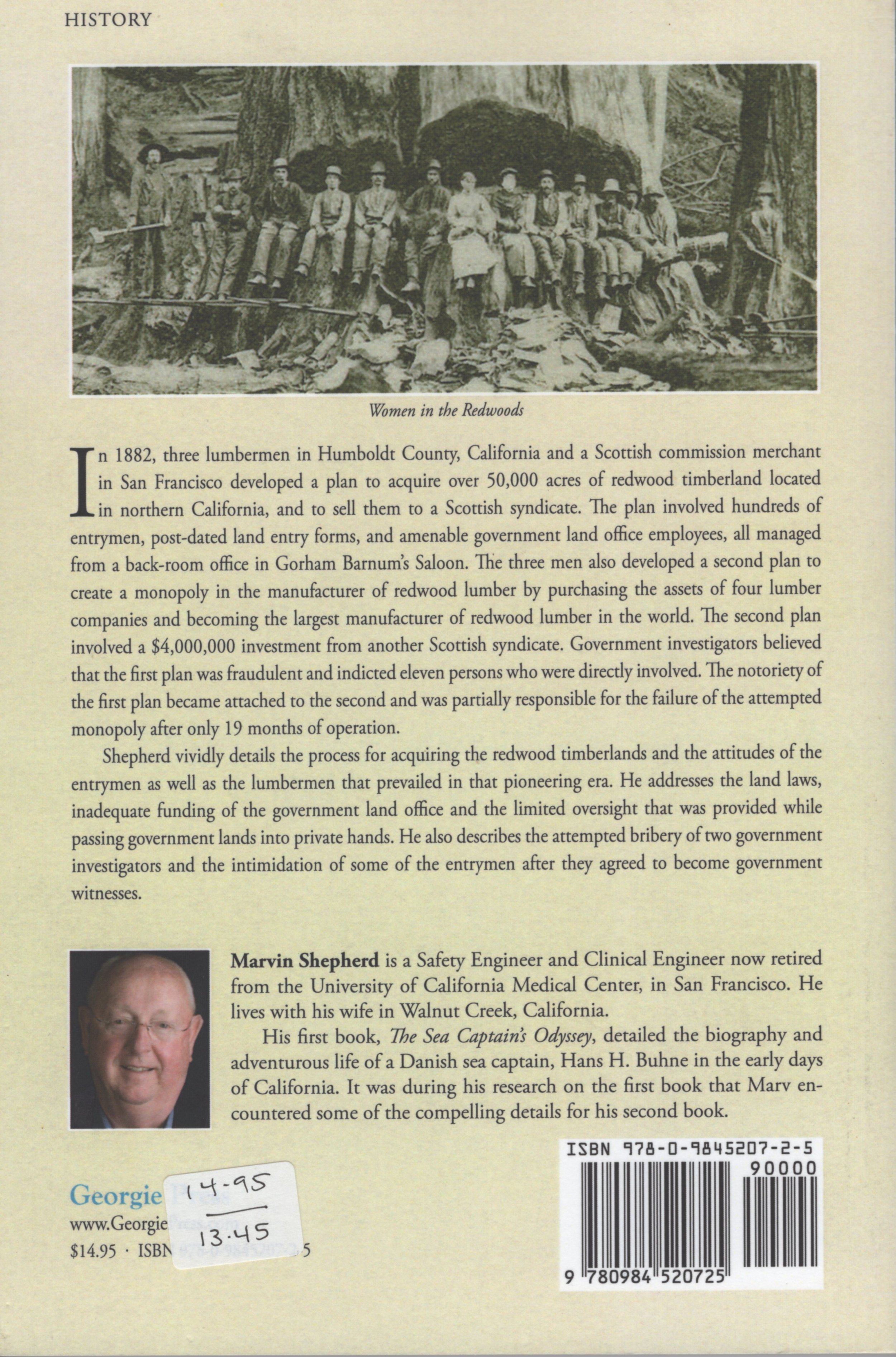
A Scottish Syndicate in the Redwoods: Monopoly & Fraud in the California Redwoods, 1882-1892
The books for sale at the Historical Society cover different aspects of Humboldt history and do so with different styles and points of view. One in particular reads almost like a crime novel or the script of a public television documentary. That one is "A Scottish Syndicate in the Redwoods: Monopoly and Fraud in the California Redwoods, 1882 - 1892." by Marvin Shepherd.
Shepherd begins by describing the early "discovery" and settlement of the Humboldt Bay area and the growing conflict in attitudes between libertarian-minded settlers and distant governments over who has the rights to own and clear land. He also presents the development of timber claims and mills as well as the evolution of technology to handle the size of this area's huge redwoods.
The book next introduces Scottish entrepreneurs who saw an opportunity to make a fortune by investing in and monopolizing California timber. In doing so, he then highlights certain "unscrupulous merchants", both local and foreign, along with their dubious practices. Finally, in great detail, we get into years of government investigations, exposing fraud and experiencing trials, convictions and dismissals.
Interwoven into the book are accounts of many people who figure into other aspects of Humboldt history. It is appealingly illustrated with a variety of maps, charts and historic photographs of people and documents -- many of which are not seen elsewhere. The book is thoroughly documented, and the author's investigative skills are quite impressive.
Also impressive is the uniqueness of Shepherd's delving into this aspect of our history. There are few books like this. If it inspires readers to research more about related subjects, there are many records upstairs in the Society's "ledger room" that are available for examination and study. Like most books on historical topics, Shepherd's can inspire people to delve further into fascinating rabbit holes of history. Providing such opportunities is one of the roles of historical societies.



